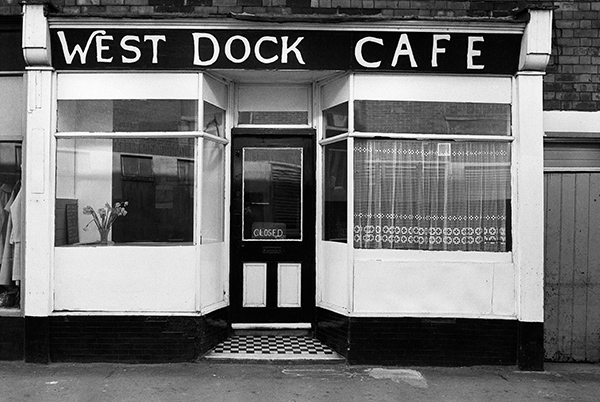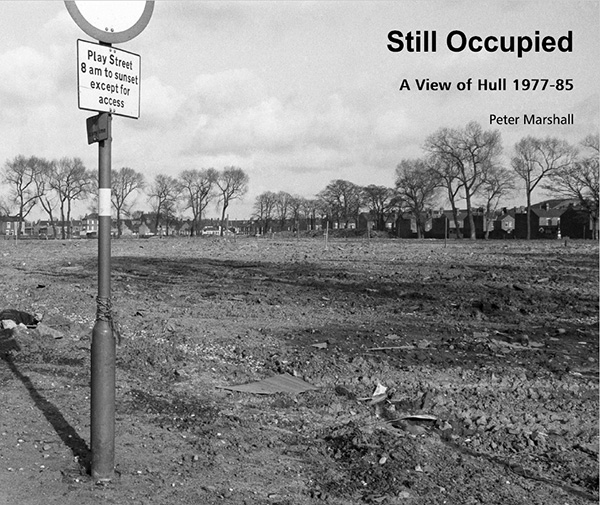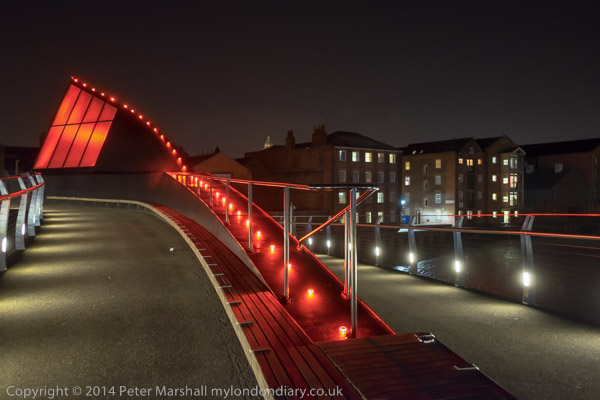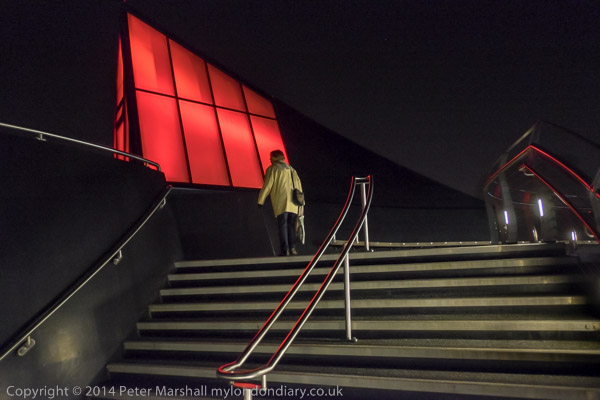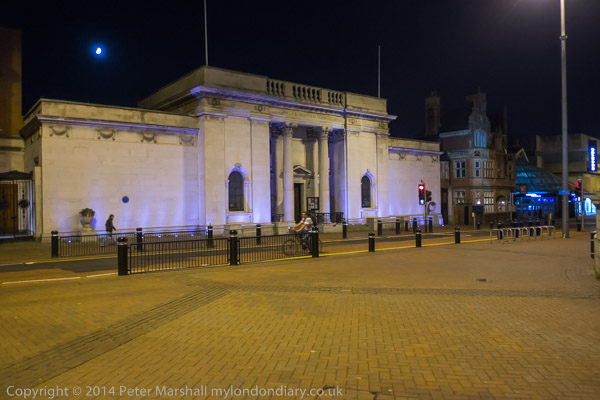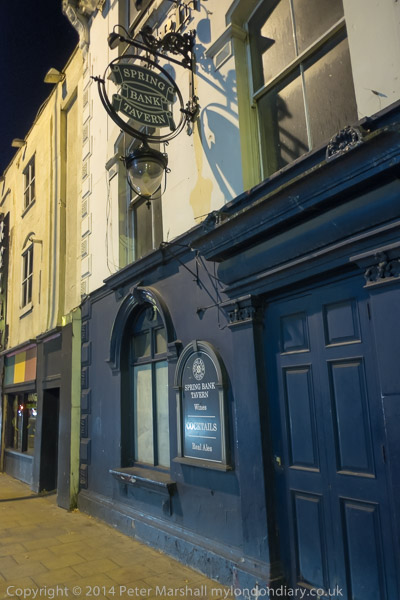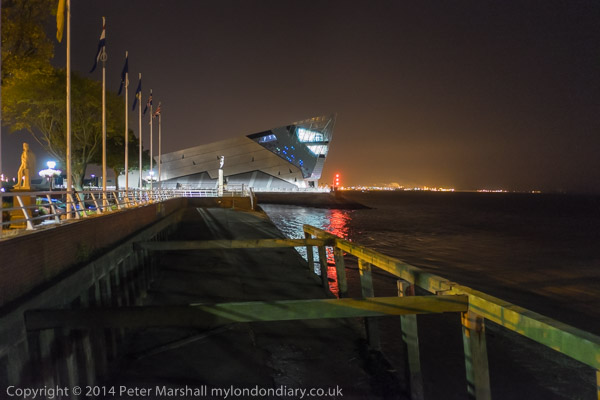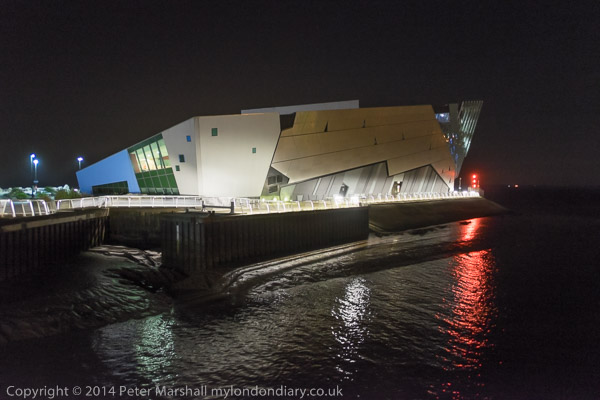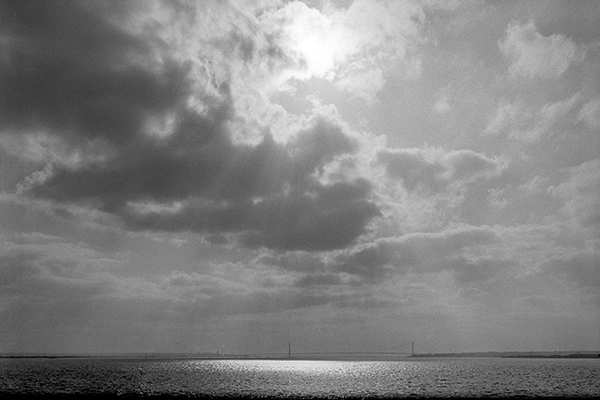
28/12/2016: 27n51: Humber and Humber Bridge, 1981 – Humber
A couple of weeks ago I wrote about my new HULL PHOTOS web site, ‘Still Occupied‘ and since then I’ve kept up my promise to add a picture each day to the site, on the Introduction page http://www.hullphotos.co.uk/hullintro.htm.
I’ve had a few comments, both in person and on Facebook about the site, and have been pleased with the positive response, but there are a couple of questions people have asked.
I try to remember to post an update every day on Facebook showing the new image, but I have forgotten a few times when I’ve been busier than usual, and I’ve been asked if there is any easy way to find any new images that people have missed. I don’t think there is, as the previous post could be in any of the eleven sections into which the site is (somewhat arbitrarily) divided.
So I’ve decided to do a post here every week with the last 7 images I’ve put on the site. In future I’ll try to add some of the comments that I’ve written about them on Facebook too.
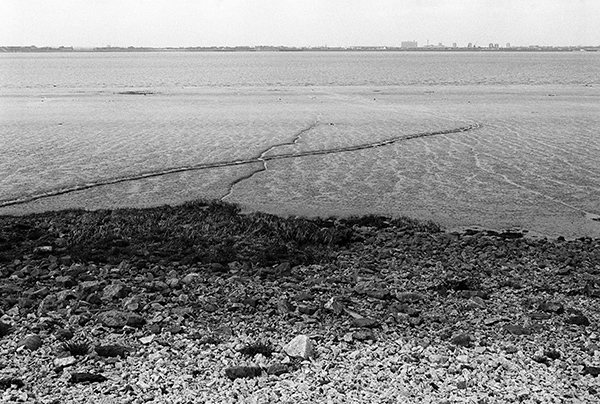
27/12/2016: 27n23: New Holland view towards Hull, 1981 – Humber
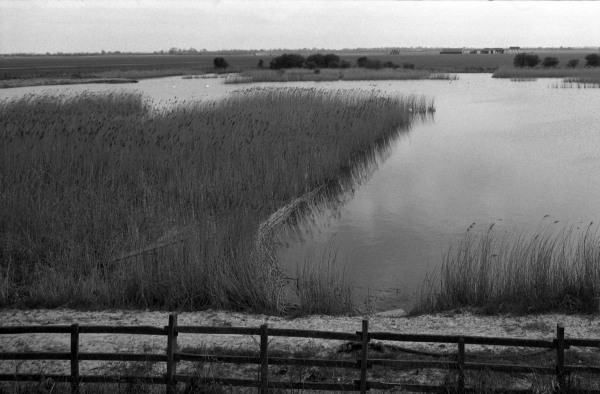
26/12/2016: 27n15: New Holland, 1981 – Humber
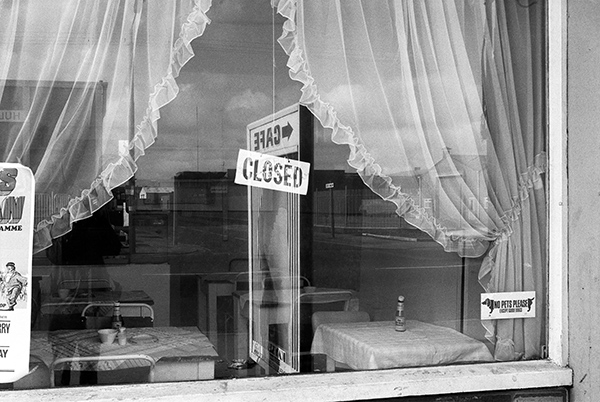
25/12/2016: 27m65: Cafe, Hessle Rd, 1981 – North & West Hull – Hessle Rd
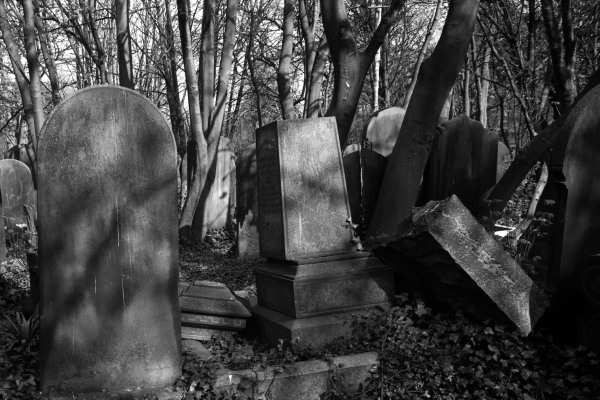
24/12/2016: Hull General Cemetery, 1981 – Springbank
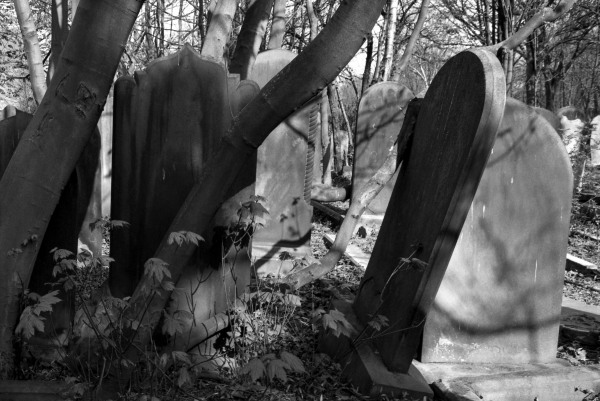
23/12/2016: 27m35: Hull General Cemetery, 1981 – Springbank
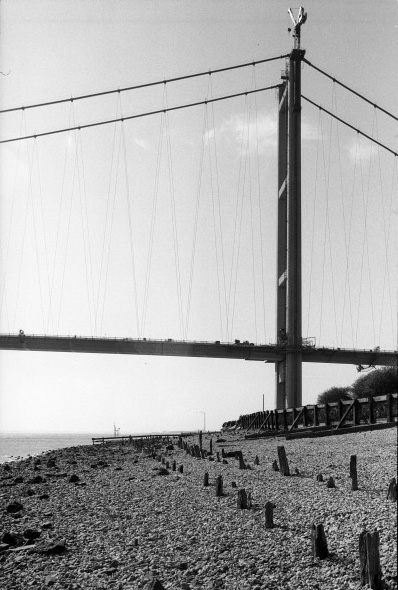
22/12/2016: 27l55: Humber Bridge and Hessle foreshore, 1981 – Humber
I’ve also been asked about the order in which I took the pictures and the meaning of the file numbers – such as 27l55 for the image above. Until some time in 1986, I gave every negative filing sheet a unique number and letter, starting with 1a to 1z, then 2a – 2z etc. Each filing sheet had 7 rows of negatives and each contained a strip of up to 6 negatives. Rather than trying to read negative numbers in the darkroom, I counted up rows from the bottom, starting at 0, and then across the strip, starting at the left as 1. So the negative for the above image would be on row 5 and the 5th negative from the left.
However, especially when I was working with more than one camera, the filing sheets would not always get filled up in exactly the order I took the pictures. I might come back from a trip to Hull, for example, with 20 26 exposure cassettes to be developed, perhaps in 4 batches of 5. I tried to file them roughly in order, but sheet 27m might have been taken a few days before or after sheet 27l.
And when it came to cutting the films from a single long strip to put into the filing sheets, I might start cutting into lengths of 6 from either the first or last exposure on the film. Usually I’d have slightly over the 36 images on the film, and I’d end up with one short strip from either the start of end of the film – which I would always file in row ‘0’ of the sheet.
So without the aid of EXIF data which we now take for granted, there is no simple way to determine the exact order in which I took pictures, though the actual negative numbers on each film usually enable me to tell the order in any particular film (though later I owned cameras which started at frame 36 and worked back down to frame 0.) So I am simply putting images on line in order of the file reference (though with just a few exceptions.)
Continue reading Last week in Hull Photos
